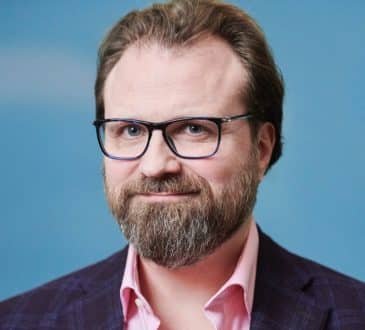Is lack of clarity at the core of your culture problems?

As a SME Owner since 1987, I have discovered a lot about culture. Whilst economists define SMEs by the number of people employed, I define them by the overlap between ownership and leadership. The Owner-Leaders will always be the ultimate leader(s) of the culture because their values and philosophies will define that culture. Also, they will be there for the long term and hence it is unwise to take a hands-off approach by delegating culture to others. It is a great risk to delegate the accountability for the culture, because this is part of their key point of difference in the marketplace.
The challenges of how that lack of clarity for Owner-Leaders is often the starting point for destabilising their culture. This usually presents itself as the company grows and the Owner-Leader begins to appoint other team leaders (which they might call managers). Employees that were directly connected to the Owner-Leader now have someone in between them. In addition to this relationship change there is the additional challenge of the lack of clarity of accountability and decision rights. Although others have been appointed to lead, many decisions still go back to the owners. These problems are exacerbated with growth and so scaling from 10 to 30 or 20 to 40 people becomes very challenging.
Complexity and Culture
Owner-Leaders have a big advantage but only if they recognise it and harness it. They have small complex systems where all the decision rights are within this system. This is vastly different to other organisation types where the scale of the organisation is so vast, and the decision making is so complex that no one human can digest it. A way to make sense of your businesses is to think of it as a set of relationships. Imagine looking down on your business (a map of your business) where each person is connected to all others by relationships. In a group of 20 people there is 90 relationships. In a group of 40 people there is potentially 780 relationships. This geometric progression between numbers of people and relationships underscores the cultural complexity with growth. With succession thinking I have lent on two established areas of learning – system thinking and sense making.
Systems Thinking and Sense Making
System thinking celebrates the interdependence defined by these relationships. How we organise ourselves to be effective and of great service to customers is critical to a resilient business culture. In addition to great outcomes for our customers we need to simultaneously design to make sure we don’t introduce culture challenges. A typical challenge is to introduce a power hierarchy with a chain of command. This is still very prevalent, but it is poor design in the SME context. Especially when the team members have historically been connected directly with the Owner-leader. The key guidance for design is that we maintain both psychological and accountability trust (refer to the Amy Edmonson’s model).
Sensemaking is equally important. I was trained in map making and have a bias to that way of making sense of things. I applied this thinking to business, and I discovered it is well aligned to the learning domain of sensemaking (the founder of sensemaking was Karl Weick). I recognised that everyone has their own view of the business and I needed to provide a common point of focus. You can’t provide feedback on a system in chaos. Being able to provide an approximation of how the business works, gives all in the business the power to contribute. Important to giving agency to your team.
There is a direct connection between how you organise yourself and the culture you build. It starts with the SME Owner being clear about their roles and where accountability sits. As they grow and to handover accountabilities and decision rights to others, it is wise to make sense of this for everyone in the organisation. This is providing clarity and mitigating the risk of many cultural problems. Succession thinking harnesses sensemaking and systems thinking as a means by which to solve this challenge.
Written by Bill Withers.
Have you read?
Best CEOs. Best Companies. Richest People (Billionaires). Richest Women (Billionaires). Richest in Each Country (Billionaires).
Bring the best of the CEOWORLD magazine's global journalism to audiences in the United States and around the world. - Add CEOWORLD magazine to your Google News feed.
Follow CEOWORLD magazine headlines on: Google News, LinkedIn, Twitter, and Facebook.
Copyright 2025 The CEOWORLD magazine. All rights reserved. This material (and any extract from it) must not be copied, redistributed or placed on any website, without CEOWORLD magazine' prior written consent. For media queries, please contact: info@ceoworld.biz








